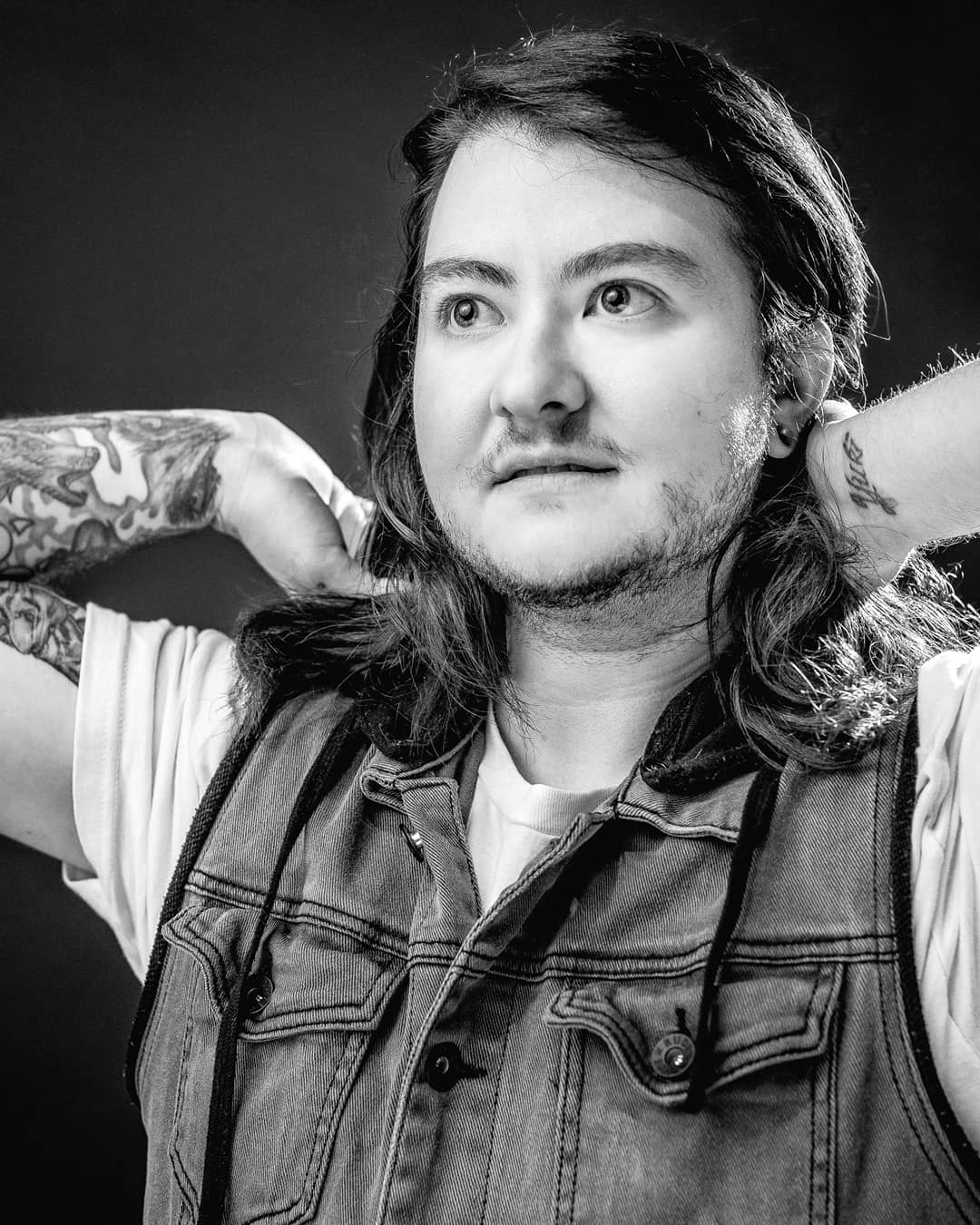Transgender Representation in Film
Growing up before there was a large amount of media created for, about or by transgender people, I often noticed that the most prominent pieces of media featuring trans people weren’t typically positive in nature. Even film features aimed specifically at the transgender community featured narratives of self-hate. Movies such as “Boys Don’t Cry” and “The Silence of the Lambs” didn’t exactly provide positive depictions of transgender people, even with the former film being a true story. To a young queer person, it felt like we were only acceptable as screen-worthy characters when we were not living our best lives.
Unfortunately, overwhelmingly negative depictions of queer people in media can have detrimental effects on the people who watch them, both young and old. For me, not seeing transgender people who were happy with themselves was part of what led me to stay in the closet for so long.
After all, most portrayals of the trans experience depicted it as one mostly of suffering, so what encouraging incentive did I have to come out? The message was clear; living openly as a transgender person wasn’t something you did if you wanted to be happy in life. Looking back, I realize I couldn’t have been more wrong, though I did waste many years thinking there wasn’t any light at the end of the tunnel.
Dylan Mulvaney’s On-Screen Presence Is Wonderful
With less than positive depictions of people who had something in common with me on the big screen, seeing Dylan Mulvaney rise to fame years later was like watching a miracle. Even Mulvaney herself said that she lacked an “open and vulnerable creator, or role model” from the trans community while growing up. Certainly, and regrettably, this is a common experience.
In studies about trans joy, many participants expressed that seeing prominent public figures display trans joy helped inspire their own transitions. Coming out to live our full, authentic lives is something worth celebrating. When there are those of us willing and able to do it in the public eye, we often see a ripple effect across the community.
Dylan Mulvaney’s social media presence allowed thousands of trans people across the globe (including myself) to see someone living as their authentic self and spreading trans joy while doing it. While serving as an inspiration to other trans people, Mulvaney also captivated the hearts and minds of cisgender allies. Non-trans folks learning about us from our stories increases not only positive awareness but empathy toward the transgender community. Since the community is particularly vulnerable, every little bit of support helps.
“Days of Girlhood”
This past March, Mulvaney’s TikTok series, “Days of Girlhood” documented her transition and exploration of her identity in “girlhood.” As Mulvaney describes it, she didn’t “get to have girlhood growing up on time as everyone else.” While some of her videos share struggles — such as day 71 when an Uber driver makes her feel uncomfortable — the majority have been positive in nature. The actor and comedienne gained her first million subscribers on TikTok after only three weeks of documenting her transition. In response to her success, Mulvaney says that she feels, “very much energized” by the people who follow her and show her love.
The “Bury Your Gays” Trope
Upon first seeing her content, I immediately recognized how happy and bright her smile was in most of her videos, where she talked openly and proudly about embracing her identity. This is in sharp contrast to dominant narrative of queer suffering, which is evident not only in film and TV, but in social media depictions as well. The idea that we must suffer to be visible can be partially attributed to the “bury your gays” trope, which was infamously depicted in television shows such as “Buffy the Vampire Slayer” and “The 100.” In interviews, Mulvaney has stated that she wants to depict the trans experience through, “empathy and comedy,” with a commitment to prioritizing displays of trans joy and gender euphoria to the world. After all, trans people shouldn’t have to be depicted as hating ourselves 24/7 just to have our stories heard by the rest of the world.
About Dylan Mulvaney
Born in 1996, Dylan Mulvaney was traveling with Broadway’s “Book of Mormon” when the pandemic put her out of a job. As a result, she downloaded TikTok to film and upload her own material. Along the way, she came out as a trans woman in an extremely public way. Ever since, Mulvaney has signed with major corporations for ad deals and has done countless interviews and photo shoots. Her videos have been viewed millions of times, and she has even visited the White House to discuss trans issues with President Joe Biden.
Mulvaney has garnered millions of views on videos that depict various aspects of her transition, from facial feminization surgery to buying her first pair of hoop earrings. Mulvaney even has videos where she mentions carrying tampons for those who may need them. Even though her videos have generated some controversy — mostly from right-wing trolls — Mulvaney has experienced great success from publicly sharing her first year of medical transition.
With approximately 9.7 million followers on TikTok, Dylan Mulvaney shows the world that the voices and experiences of trans people are important. This success comes at a time when anti-LGBTQ+ laws are passed all over the United States, which impact everything from transgender athletes being able to play sports to the rights of transgender children. Clearly, it is more important now than ever to have a worthy role model from the transgender community to show the world that we belong, too.
After all, the world deserves to see trans people happy and living our best lives; not just depictions of us suffering. This is incredibly important for the transgender youth (and adults) who are out there looking for role models just like them.

















